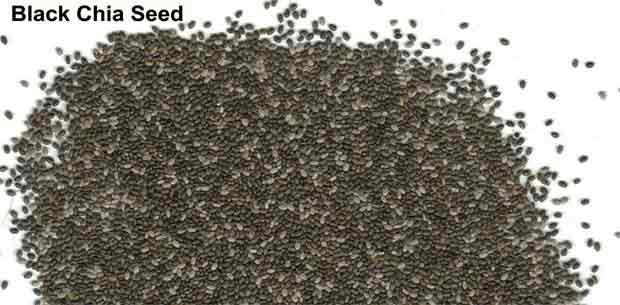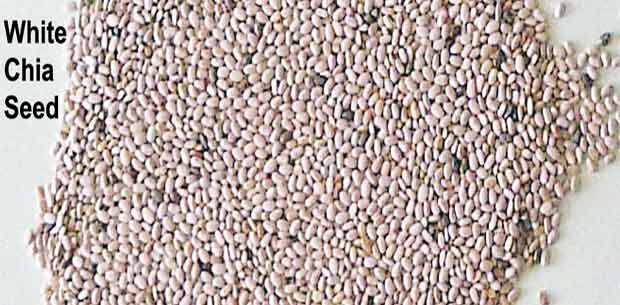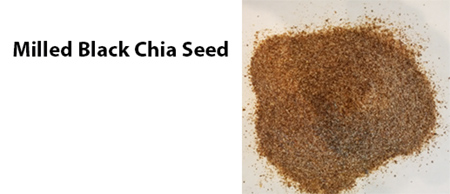Fatty acid composition, protein and oil content of chia
(Salvia hispanica L.) grown in Peru, Columbia and Argentina
Ing. Ricardo Ayerza (h)
Bioresources Research Facility
The University of Arizona
Tucson, Arizona, USA
| A one year study was undertaken to determine the protein quantity, oil quantity and fatty acid composition of chia seed grown in four fields in Columbia, three in Argentina and one in Peru. The results showed a significance difference (P<0.05) among locations in terms of protein content, peroxide index, oil content and fatty acid composition. Samples from Cerro Prieto in Peru, and Colonia del Valle in Argentina had the highest oil yield: 32.5% and 32.35%, respectively. The main fatty acid found in all of the samples was α-linolenic, with Cerro Prieto yielding a significantly (P<0.05) higher content (64.2%) than the others. Cerro Prieto produced the highest protein percentage (23.13), and Yoshioka, Columbia, the lowest protein percentage (18.7). A significant negative correlation (P<0.01) between α-linolenic fatty acid and palmitic, stearic, and oleic fatty acids were detected. |







